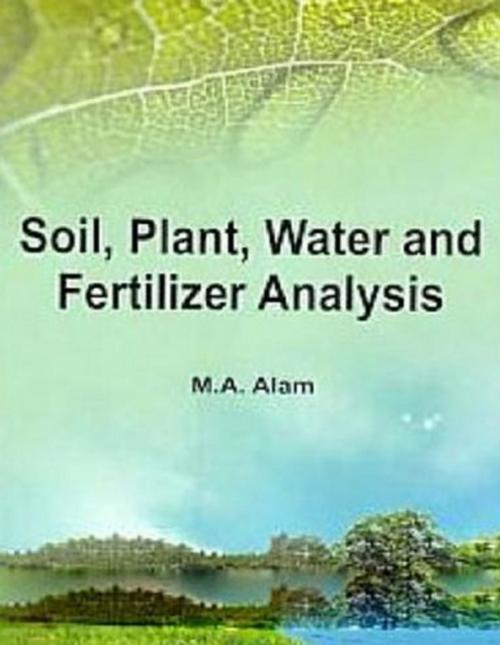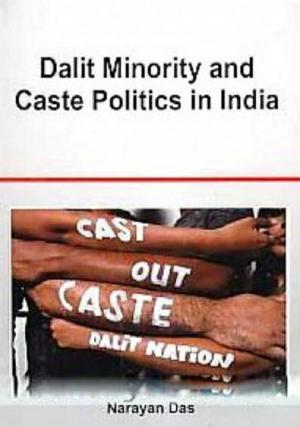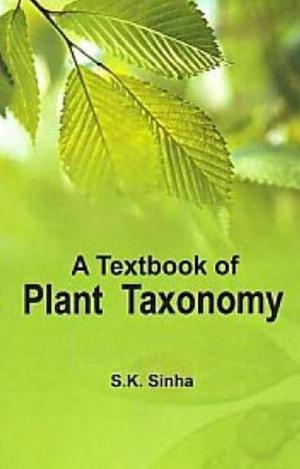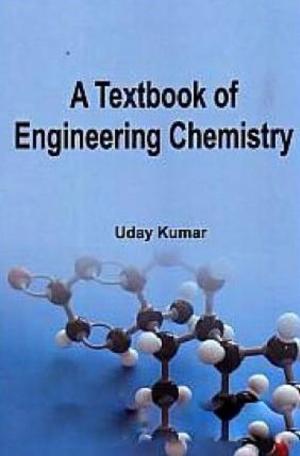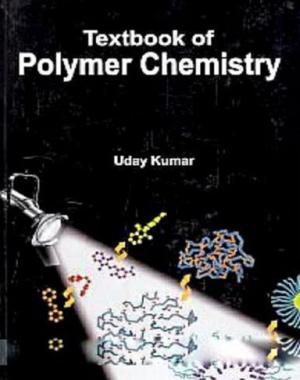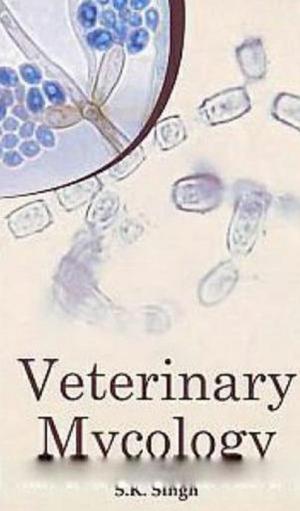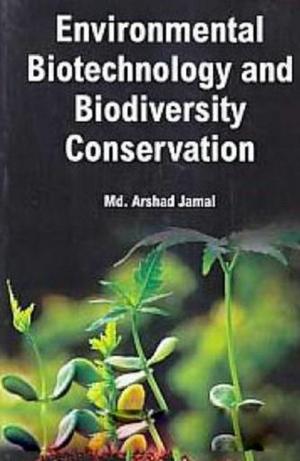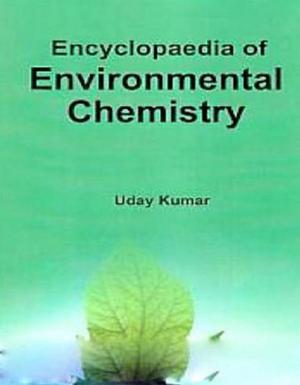Soil, Plant, Water and Fertilizer Analysis
Nonfiction, Science & Nature, Technology, Agriculture & Animal Husbandry| Author: | M. A. Alam | ISBN: | 9789353140366 |
| Publisher: | Centrum Press | Publication: | June 30, 2013 |
| Imprint: | Centrum Press | Language: | English |
| Author: | M. A. Alam |
| ISBN: | 9789353140366 |
| Publisher: | Centrum Press |
| Publication: | June 30, 2013 |
| Imprint: | Centrum Press |
| Language: | English |
Fertilization is a very important component of plant health care in the landscape. Fertilization is necessary to supplement naturally occurring essential mineral elements in the soil in order to maintain an optimum supply for plant growth. Soil analysis (testing), combined with observations of plant growth, are the keys for the home gardener to develop the most effective nutrition programme for the landscape. The mineral elements critical for optimum growth and development of landscape plants must be present in the soil and plant at proper levels. Most landscapes can be maintained with little or no fertilizer input each year. It is better to wait for nutrient deficiency to develop than to over-fertilize plants. Hopefully, the technical information contained herein will prove useful to agriculture graduates and post graduate students, scientists, teachers and analysts studying/working in the field of biological and applied sciences more specially in the field of soil science, agronomy, environmental science, plant science, geology, horticulture and forestry. It will also prove as a tool for soil testing, quality control and laboratories of related fields.
Fertilization is a very important component of plant health care in the landscape. Fertilization is necessary to supplement naturally occurring essential mineral elements in the soil in order to maintain an optimum supply for plant growth. Soil analysis (testing), combined with observations of plant growth, are the keys for the home gardener to develop the most effective nutrition programme for the landscape. The mineral elements critical for optimum growth and development of landscape plants must be present in the soil and plant at proper levels. Most landscapes can be maintained with little or no fertilizer input each year. It is better to wait for nutrient deficiency to develop than to over-fertilize plants. Hopefully, the technical information contained herein will prove useful to agriculture graduates and post graduate students, scientists, teachers and analysts studying/working in the field of biological and applied sciences more specially in the field of soil science, agronomy, environmental science, plant science, geology, horticulture and forestry. It will also prove as a tool for soil testing, quality control and laboratories of related fields.
